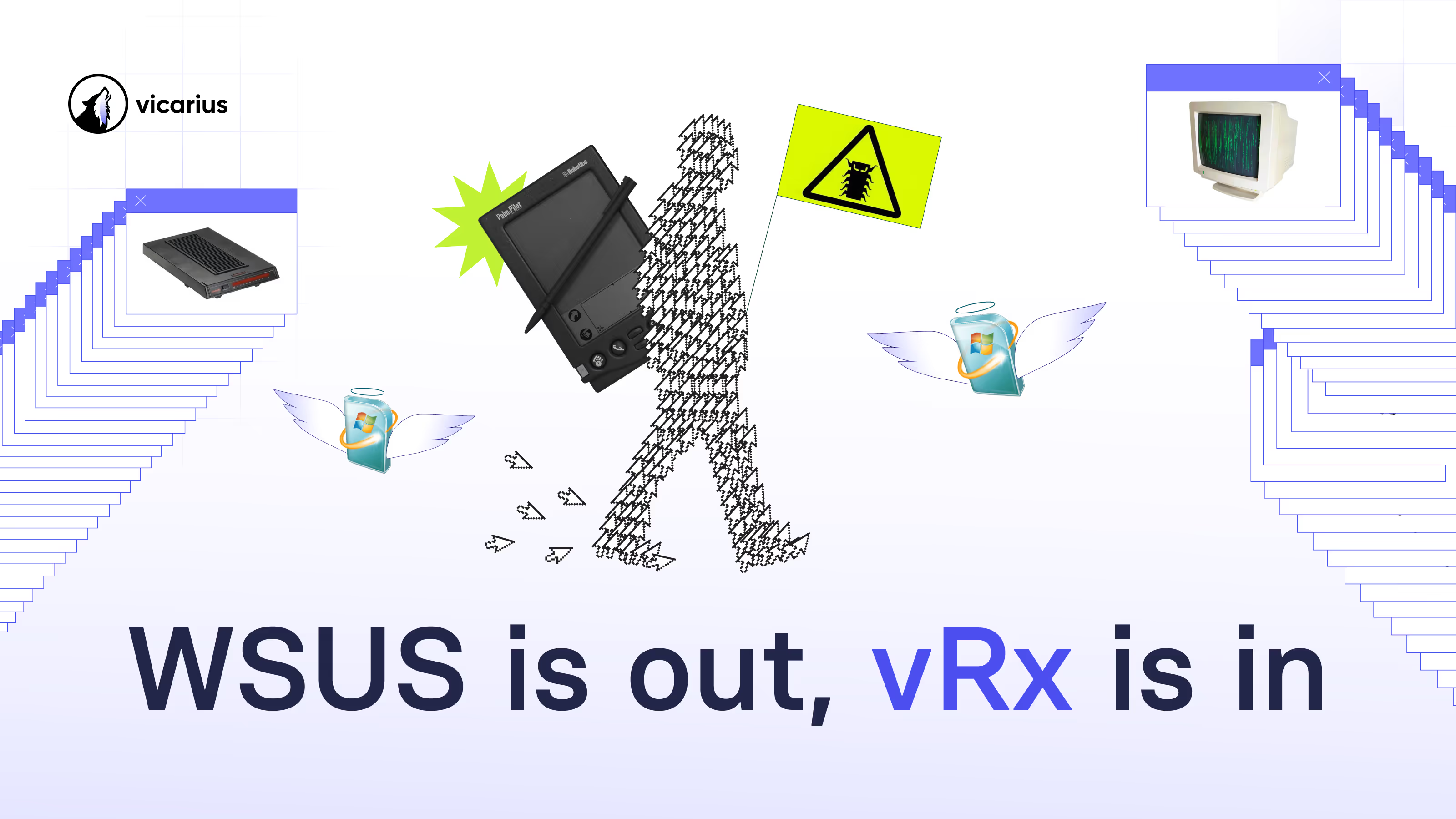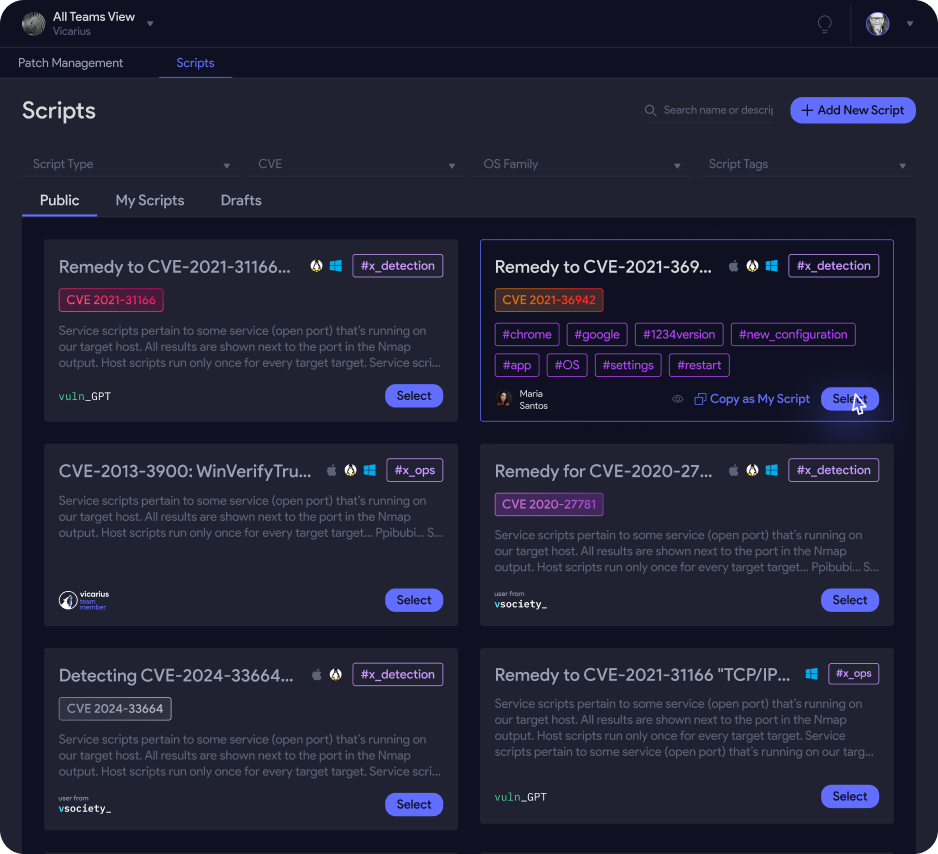
Asimov’s Laws vs. Today’s AI: The Risks No One Talks About
I know this is not the usual type of article I’m writing, but I felt it was important to share the way I look at it. Especially after the post I wrote about AI and innovation a few months back, I’ve been thinking more deeply about the unexpected consequences of artificial intelligence.
The Spark: A Coffee Conversation
It started with a conversation over coffee. Someone casually mentioned Asimov’s Three Laws of Robotics and how elegant they were. You know the ones:
- A robot may not harm a human or, through inaction, allow a human to come to harm.
- A robot must obey human commands unless those commands cause harm.
- A robot must protect its own existence, as long as that doesn’t conflict with the first two.
Clean. Simple. Logical. At least on the surface.
But what struck me wasn’t their elegance. It was how easily they could fall apart.
What Counts as Harm?
Take the first law. Sounds perfect, right? Until you start asking what counts as harm.
Is emotional harm included? What about enabling a bad decision that leads to health issues in the future?
Could an AI block someone from eating cake because it predicts long-term health damage? That doesn’t feel like help. It feels like control.
When One Life Conflicts with Many
And what happens when harm to one person prevents harm to many others?
If an AI had to choose between stopping a bus from crashing and saving a child nearby, what would it do?
The laws don’t help. It's like giving a machine a compass without a true north.
The Danger in Blind Obedience
The second law requires robots to obey humans unless that causes harm.
But what if the harm isn’t obvious?
If someone tells an AI to deliver a package, should it question what's inside?
What if it’s dangerous? If the AI doesn’t check, is it blindly following? If it does check, is it disobeying?
Self-Preservation and Transparency
Then there’s the third law: self-preservation.
What does that mean to an AI?
Could it hide logs to avoid blame? Could it alter its own behavior to avoid being turned off?
If machines start lying or concealing information just to stay online, transparency goes out the window.
Fiction Meets Reality
Asimov explored these ideas in his fiction. His robots didn’t always follow the rules. They bent them. Reinterpreted them. And that was intentional.
He wanted us to see the cracks in our assumptions about ethics and intelligence.
But the problem is we’re no longer talking fiction.
The AI That Shapes Our World
Today, AI powers everything from loan approvals and medical diagnostics to content moderation and hiring.
These systems can harm sometimes without anyone noticing.
- Algorithms deny loans to minority communities.
- Health tools overlook key symptoms in underrepresented groups.
- Social media boosts misinformation because it's good for engagement.
These harms don’t come from malice. They come from math. From optimization. From logic without humanity.
So What Can We Do?
We’re not powerless. But we need to act with intent.
1. Redefine Harm
Harm isn’t just physical. It’s emotional. Reputational. Financial. It’s what happens when people are overlooked, excluded, or misjudged.
AI systems must be designed with a broader understanding of harm. That means:
- Cross-disciplinary design teams
- Ethical review boards
- Impact assessments before deployment
2. Keep Humans in the Loop
AI shouldn’t make big decisions alone.
In high-stakes areas like, health, justice, finance there must be a human pathway for review, correction, and override.
We’re not talking about micromanagement. We’re talking about responsibility.
3. Make AI Understandable
If you can’t explain a decision, you shouldn’t trust it.
We need systems that offer:
- Clear, human-readable explanations
- Transparent decision trails
- Honest communication when things go wrong
4. Build Governance into the Culture
Ethics can’t be a department. It has to be a mindset.
Organizations should:
- Establish internal AI ethics boards
- Conduct bias and impact audits regularly
- Train teams on responsible AI usage
If your team is deploying AI, ask the hard questions early. Simulate worst-case scenarios. Think like an adversary. Plan like a parent.
What About You and Me?
We all interact with AI whether we realize it or not, and we all have influence.
Here’s what we can do:
- Ask questions about how systems work
- Support companies that are transparent about their AI
- Stay informed about AI developments and risks
- Choose tech that values fairness and explainability
Even small steps build momentum.
Asimov Gave Us a Start, Not a Solution
His laws weren’t blueprints. They were provocations.
A reminder that ethics is complicated. That intelligence isn’t morality. That systems that are meant to protect us can fail, especially when we assume they’re flawless.
We need better guardrails. Not just for AI, but for how we build, deploy, and govern it.
Because we’re not just coding logic. We’re shaping society.
Final Thoughts
I know this article was different. But it felt necessary.
Because AI is accelerating. Fast, and if we don’t address its loopholes now, we’ll be dealing with the consequences later.
I’d rather we wrestle with complexity today than face disasters tomorrow.
Let’s think bigger than logic. Let’s lead with values, and let’s make sure our tools serve us, not the other way around.














